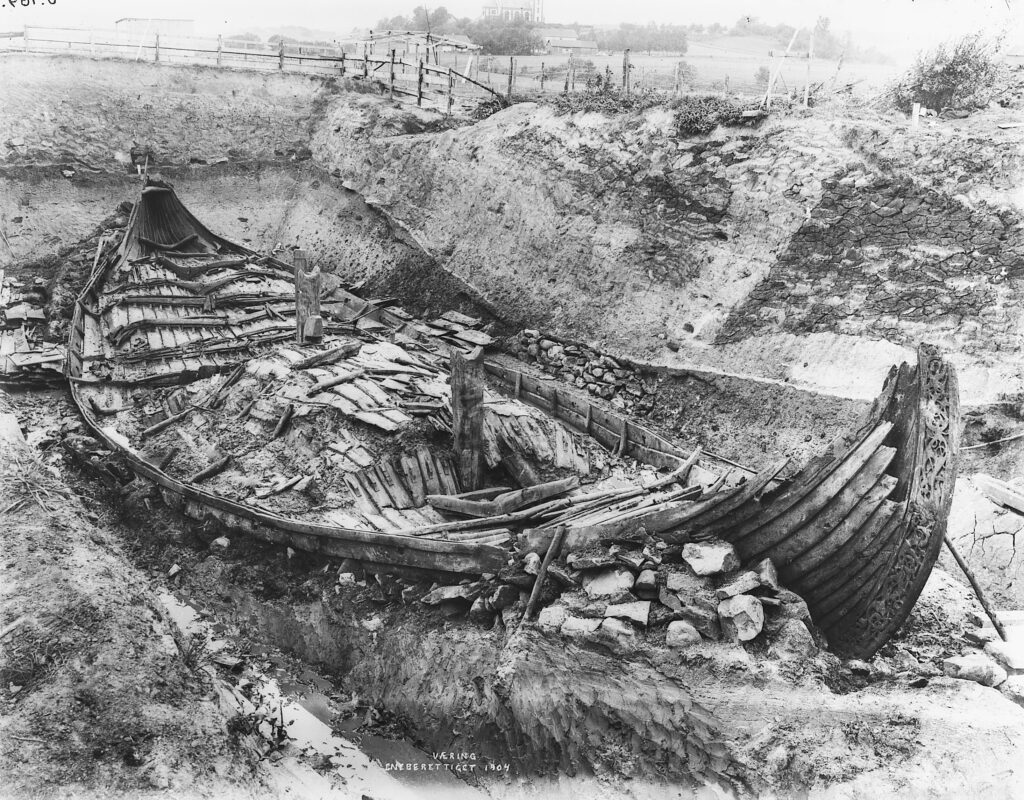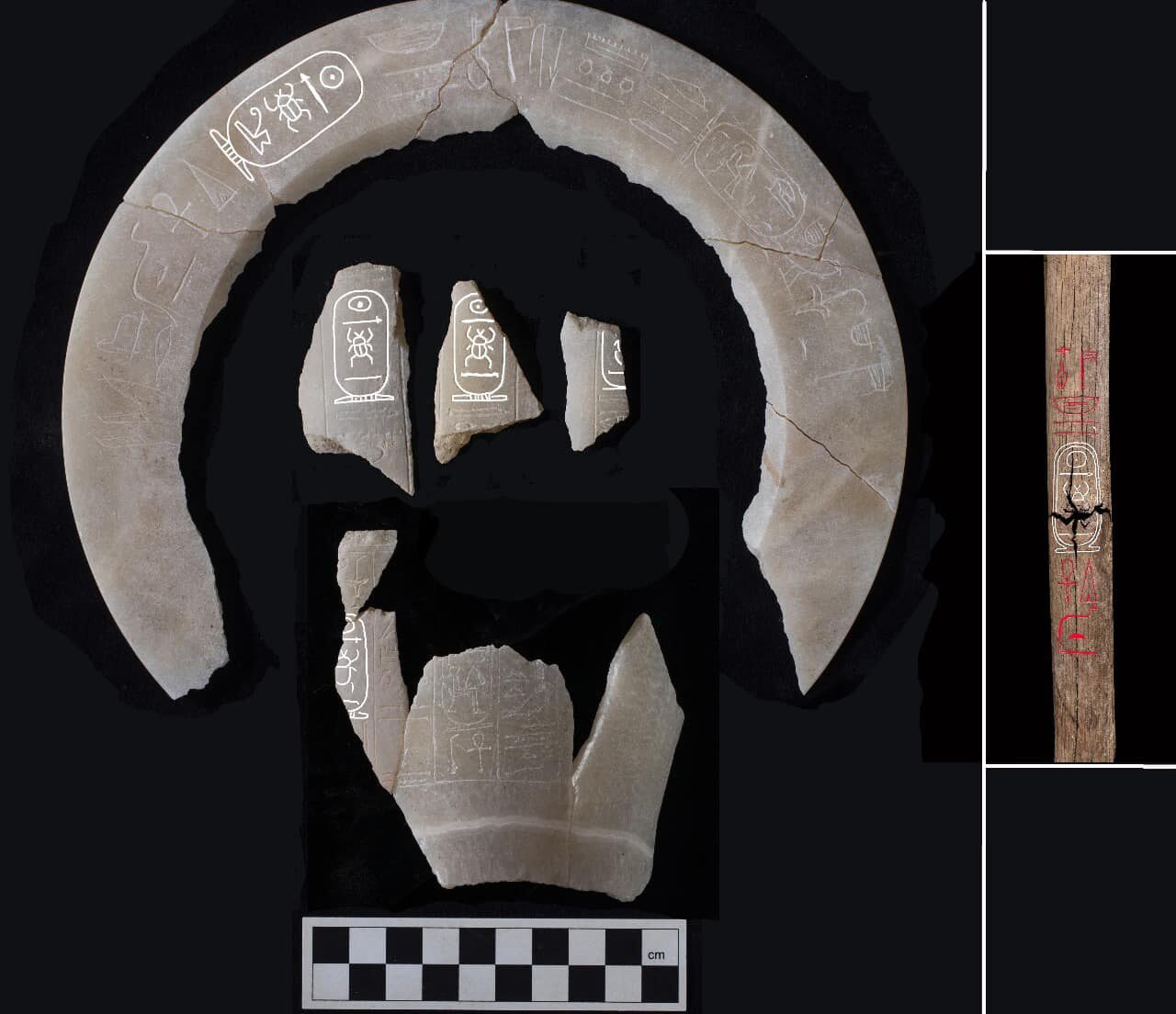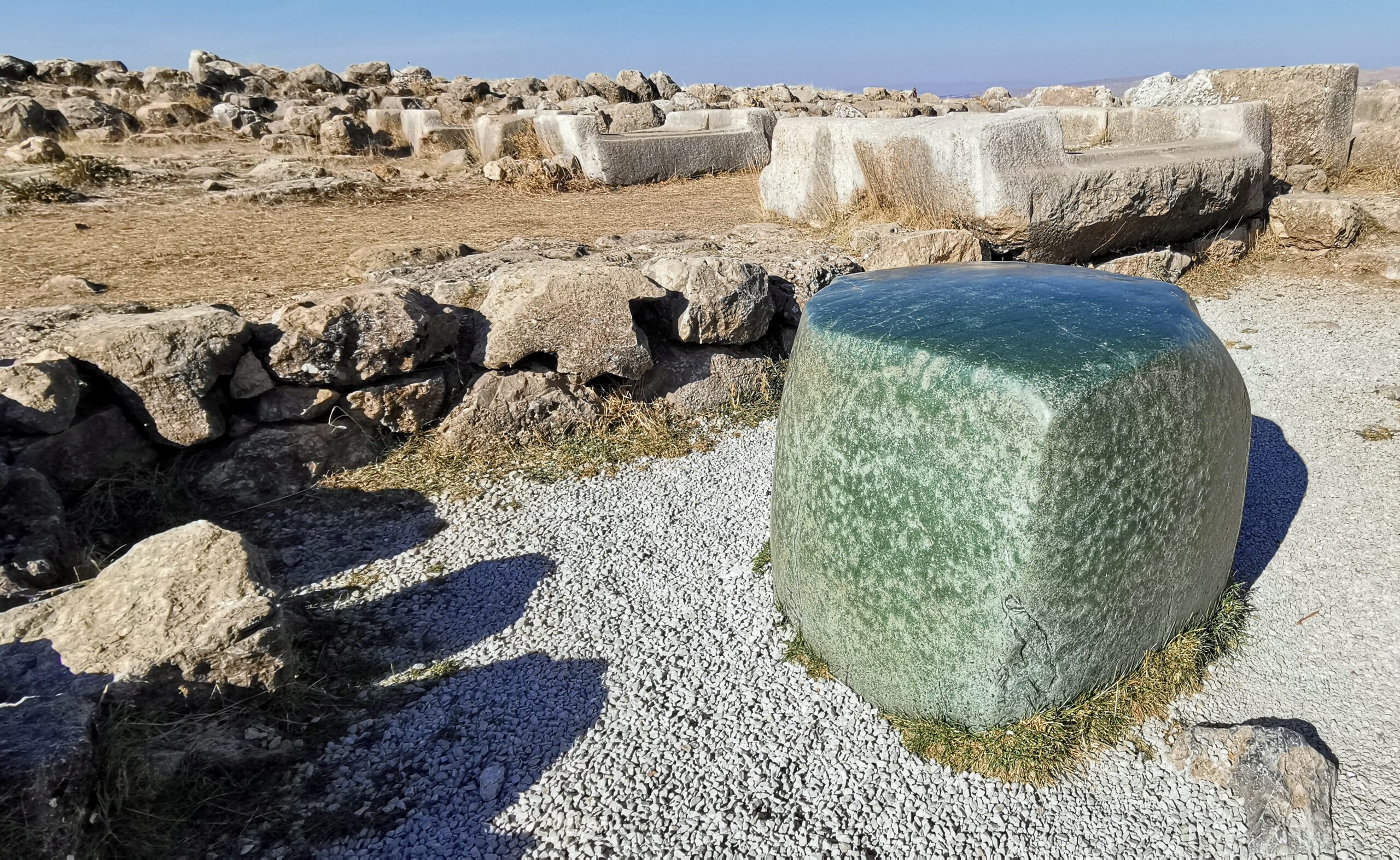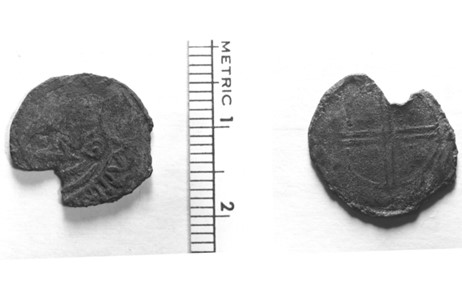
In Norway’s Vestfold region near Tønsberg, the Oseberg Ship emerged from a burial mound in 1904 AD when farmer Knut Rom struck oak, revealing a stunning 9th-century Viking vessel. Constructed between 815 and 820 AD from local oak, according to dendrochronology at Oslo University, this 70-foot karve, excavated by Gabriel Gustafson, held the remains of two women, aged 70 to 80 and 50 to 55, buried in 834 AD alongside 15 horses, a carved cart, four sleds, and wool tapestries across its 16-foot beam. Since its discovery, this 50-ton trove has captivated historians with its clinker-built design and intricate grave goods. Today, the Oseberg Ship stands as a testament to Viking craftsmanship and their enigmatic burial rites, offering a glimpse into a seafaring past.
The Oseberg Ship’s Unearthing in Vestfold
On August 8, 1904 AD, Rom’s shovel broke through the mound, prompting Gustafson’s excavation through blue clay that preserved the ship since 834 AD, per tree-ring data from Oslo studies. Over several months, they uncovered a 70-foot hull with 15 oar ports lining each side and a serpent-carved prow adorned with gripping beasts, as detailed in Gustafson’s 1907 AD report. For centuries, this vessel remained undisturbed, with raiders missing its stern treasures, unlike the looted bow section. Could the clay have sealed it from Viking foes? Consequently, this find remains one of the best-preserved Viking ships ever discovered.
Crafting a Seafaring Marvel

Between 815 and 820 AD, Viking shipwrights nailed 300 iron rivets into the Oseberg Ship’s 2-inch oak planks, forming a 70-foot clinker hull designed to flex with the waves, a method detailed by the Viking Ship Museum. They fitted a pine mast slot for a sail, now lost, and carved the prow with flint tools, sourcing timber from Vestfold forests for a crew of 20 over months. Unlike simpler boats, its hull reached speeds of 10 knots, per 2014 AD Saga Oseberg trials, proving its seaworthiness. Meanwhile, the craftsmanship showcased here outshone many Norse vessels. For now, this karve highlights the Vikings’ mastery of the seas.
A Burial Rich in Mystery
In 834 AD, two women were laid in the Oseberg Ship with a 50-ton haul: 15 horses, a 3D-beast cart, four sleds, and war tapestries, Gustafson recorded in 1907 AD. The older woman, aged 70 to 80, suffered from Morgagni’s syndrome, a hormonal disorder causing masculine traits like facial hair, per 2023 AD DNA analysis from Oslo University, alongside arthritis and cancer, while the younger, aged 50 to 55, showed a healing collarbone injury. Beyond typical Viking graves, this tomb dazzles with wealth, suggesting high status or ritual significance. Viking women often held power in trade, per 9th-century Oseberg loom weights, but their dual burial remains a puzzle. Thus, the ship offers a window into Norse traditions.
A Viking Legacy Preserved

Housed at Oslo’s Viking Ship Museum since 1926 AD, restored by 2000 AD, Oseberg Ship awes visitors with its prow, a 9th-century marvel beyond sagas, per 2023 AD digs for DNA and trade clues via Oslo University. Beyond artifacts, its hull stands as a Viking time capsule, revealing seafaring skill and burial depth. Since its excavation, it has inspired studies of Norse life, from trade to rituals. Ultimately, this 70-foot karve endures as a pinnacle of Viking ingenuity, echoing a past of craft and mystery.







